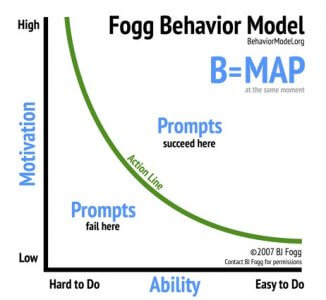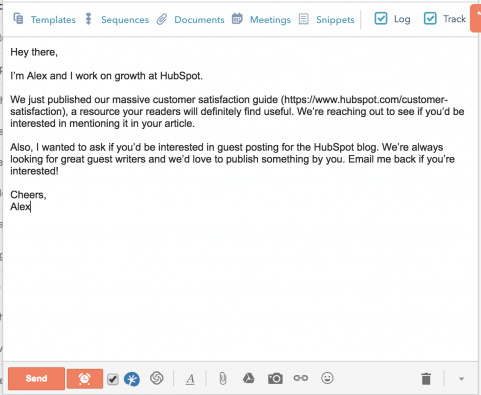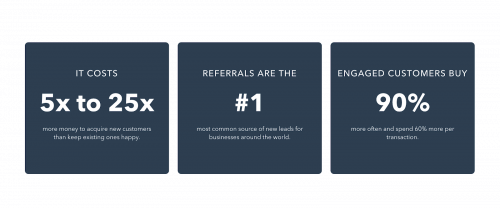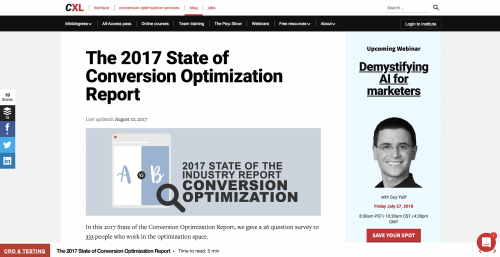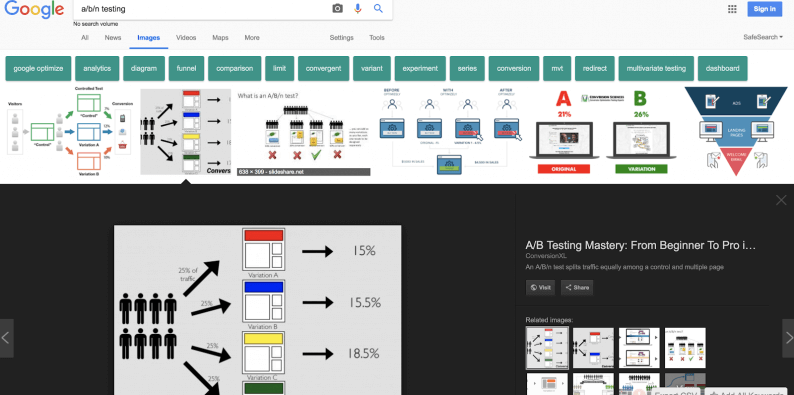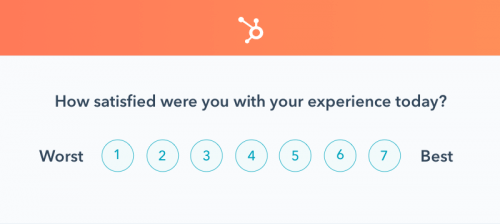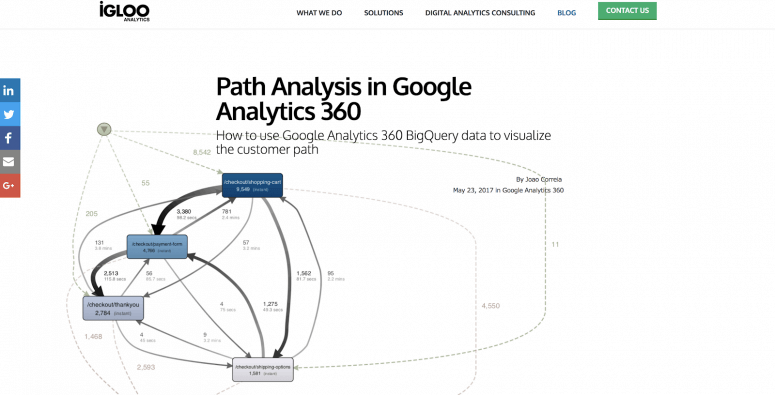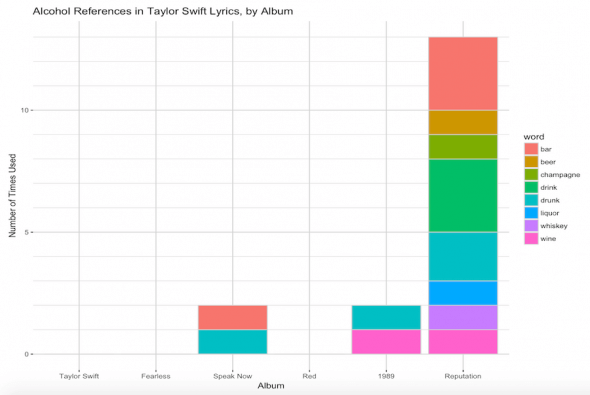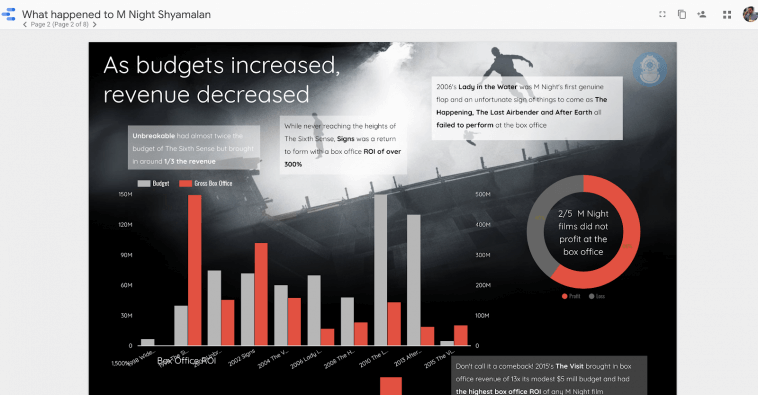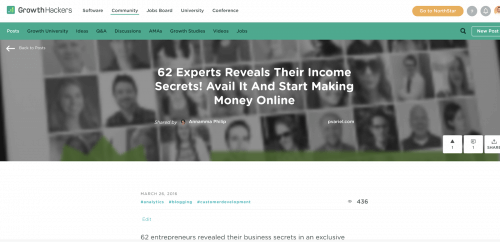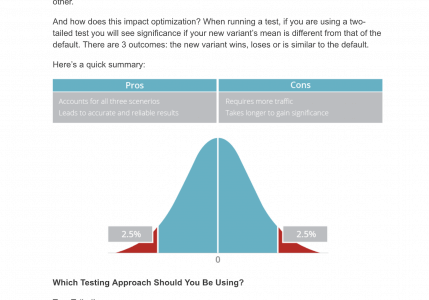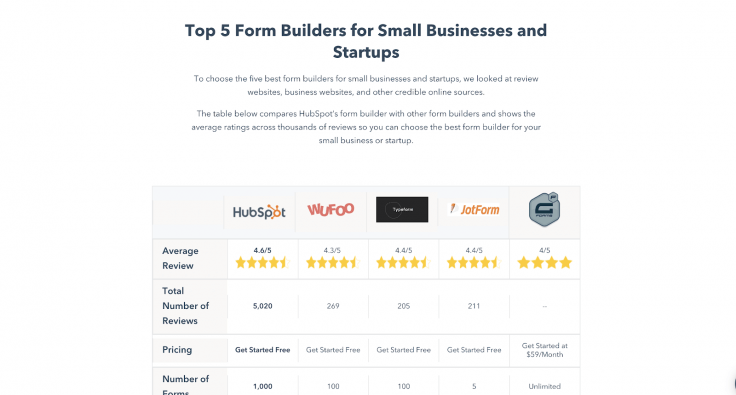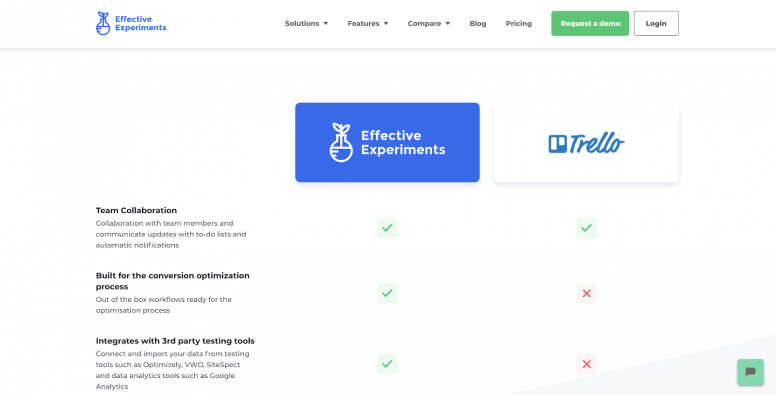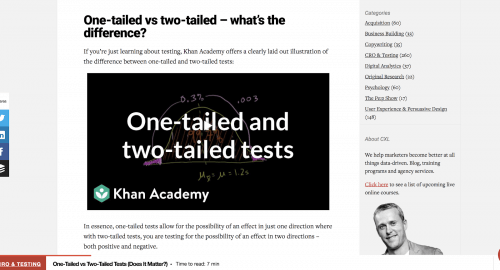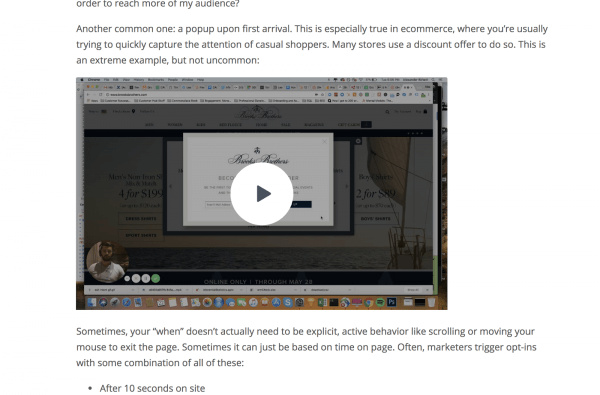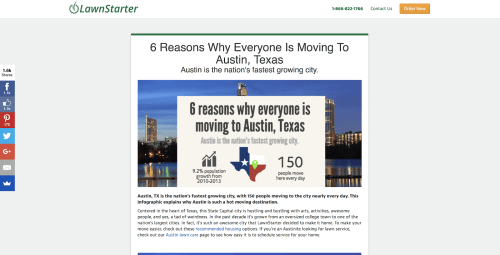Why do some articles garner tons of links, while others are basically ignored?
It’s a question most serious content creators and SEO strategists ask themselves.
While we know, directionally, that better content usually gets more links, the concept is nebulous. What the hell is 10x content? And actually, do we even know that 10x content is what garners links, or do we only call it 10x content after the fact because it has required so many links (post hoc ergo propter hoc).
Instead of vague advice on “10x content,” I’ll break down some tactical things I’ve done to help out with link building, both natural and outreach-based link building.
A Behavioral Heuristic (Make Things Easy and Appeal to Self-Interest)
At a high level, humans make decisions using two main factors: motivation and ease. This is the underpinning of the BJ Fogg Behavior Model:
When a prompt arises – let’s say in this case it’s your morning alarm that says you should go to the gym – the level of motivation and the level of ease determine how successful that prompt will be. If you slept in your gym clothes and your gym is right next door, it’s fairly easy to do. If you’re naturally highly motivated, either by the desire to improve or by the shame of not improving, you may have the will to fight through traffic or greater difficulty to get to the gym.
Either way, there is an association between the two variables, and the higher the motivation and the higher the ease, the better the chances of success.
In link building, we can consider our prompt the cold outreach email to try to get a backlink. We can trigger higher motivation by answering the question, “what’s in it for me?” This does require a solid understanding of your prospect’s motivations.
Sometimes this is easy, particularly if you work at a big brand that has a lot of offer.
When I was doing link building for our customer feedback software, we were simultaneously looking for guest writers for our new blog. I could essentially kill two birds with one stone, asking for a link and offering the chance to write for HubSpot:
This isn’t a lesson in email outreach, though, so we’ll focus more on the second part of the equation: making it easier to give you a link.
This part, by and large, is accomplished through the content itself. If you email someone and ask them to link to your crappy article that is simply rehashed and adds nothing new to the conversation, you’re not likely to get a good response (unless the “what’s in it for me?” is extremely tempting!).
Prerequisite: Your Content Can’t Be Awful
The number one variable in terms of creating content that is easy to link to is that it’s good and that it adds something new to the conversation.
What’s good? Well, when I was at CXL, our editorial strategy was simple: every piece of content should be comprehensive. It should be the only thing the reader ever needs to read on that topic.
This editorial lighthouse helped bring the ship to shore, in that it gave us a simple strategic heuristic where we could flex various tactical muscles to accomplish it. It didn’t translate specifically to “write long content,” though it often took that form, and there was no requirement to make content interactive, though sometimes we did that as well.
Granted, I don’t think that’s the editorial strategy everyone needs to take. It’s an expensive and difficult strategy to execute.
The Raven Blog recently featured a content writing guru to detail what makes content less awful, if you’re interested in that sort of thing. I think the marks of great content are easy to notice, but hard to replicate, so I definitely advise that you invest some time into upping your content game.
3 Elements All Great Articles Have
I think if you keep these three factors, your content will pass the bar in terms of linkability:
- It’s well-written, stylistically and grammatically.
- It’s written on a topic that people care about (as Paddy Moogan writes, “there is a big difference between a good idea and a good idea that gets links.”)
- In the piece, you say something different or unique, and add something to the conversation.
Your content doesn’t need to be 10x, but it simply can’t be embarrassing for someone to link to. The better the content is (I acknowledge the fuzziness of this scale), the easier it is to build links.
So, try to create excellent content, if not for the benefit to the world and to readers of content, but for your link building efforts.
Past that, once you’ve got a solid base for your content, there are several “hooks” or “boosts” that you can add to your content to make it even more linkable.
Content Hooks: 7 Tactics to Make Content More Linkable
Step one: write awesome shit. Step two: make sure your awesome content includes some of the following “content hooks”:
- Original data
- Original images
- Graphics and charts
- Quotes from top experts
- Pros and cons tables
- Videos
- Statistics
- The good old infographic
This list isn’t extensive – I’m sure you have your own great tactics – but these have helped me get links. I’ll walk through examples of each below.
1. Original Data
One of the most compelling ways to build links to your content is by using original data, stuff no one else has because you conducted the study yourself.
If you have a full team dedicated to this, that’s a huge asset. At HubSpot, we’re lucky enough to have a research team, so we have the chance to see first hand how great original research is as a link building tool.
We also did this at CXL in a few different ways. First, we conducted several industry surveys which did really well with link building:
Second, we built out a UX research facility and published our own original studies. Expensive? More than regular content production, yes. Hard to replicated? You betcha.
2. Original Images
Original images are a pretty easy one to add in. They result in mostly passive, naturally occurring inbound links. The fact is, many writers and editors want to beef up their content with visuals, so they’ll do an image search for a certain keyword, say “a/b/n testing.” One can only hope that your images shows up…
Basically, if you’re going to add an explanatory image, ask yourself if you can create your own bespoke version of it. Writing about Customer Satisfaction Score surveys allowed me to create our own HubSpot branded version of it:
Clearly, if you’re doing a how-to article or a complicated walk-through, you’ll naturally end up with a bunch of original images. There’s no real way to do “technical” content marketing without doing so, and it certainly helps link building, because other content creators are going to be searching for these types of tutorial images. Igloo Analytics has a great example on their post on doing path analysis in BigQuery:
3. Graphics and Charts
Graphics and charts are similar to original images, though I look at them as a sort of synthesis between 1) original research and 2) original images. You’re creating data visualizations, essentially.
If you want some awesome inspiration for what you can do with data visualization, just check out reddit.com/r/dataisbeautiful.
Another great resource now is Data Studio. They actually offer an interesting gallery for your inspiration. One of my favorite examples if a report on “data visualizations,” shown here:
4. Quotes from Top Experts
Quotes from top experts can take many forms, from the lazy roundup post to the most astute and groundbreaking journalism. It’s all a matter of curation.
My vote: stop trying to rack up a huge number of contributors just so you can ask these “influencers” to tweet your article later. That’s the lazy way. It’s ineffective and contributes to noise pollution in our fine industry.
Wordable did an excellent parody of these silly roundups a while back:
A better way? Think like a journalist, and use experts – people who have built their careers learning what you’re writing about – to make your content better.
That’s the end goal, after all. You should go deep with a few people who really know their topic. Don’t opt for the “100+ experts share their #1 SEO tip” garbage.
5. Pros and Cons Tables
Pros and cons tables are yet another method by which we can make our content more readable for visitors, creating a better user experience, and a true resource that is naturally linkable.
They’re especially useful when comparing complicated methodologies. Though they can lack nuance, they help readers understand concepts at a high level. Oracle did this well when they created pros and cons tables to deal with one-tail vs. two-tail hypothesis tests:
We do this for several of our products at HubSpot. Here’s an example of a comparison page for our online form builder:
As Peep Laja wrote, “people comparison shop, stupid.” If you work at a software company, people are going to compare solutions. You may as well help them out. Effective Experiments is another great example of making this easy with comparison charts:
6. Videos
Videos are pretty underrated when it comes to search and link building as well. Often, we look at them as pure branding plays, but people love videos, and it offers you a chance to differentiate your content. This is particularly true if you have an articular speaker, or especially if you’re speaking on a topic that is quite dense and needs proper elocution.
For instance, in this post on one-tail vs. two-tail hypothesis testing, I needed a bit of clarification, for it’s a pretty dense topic for the uninitiated. Here’s a video I embedded to help explain:
I’ve tried to start implementing video for walkthroughs in my own content, such as this video I added to my post on capturing email leads:
7. The Good Old Infographic
I’ll admit, I’m somewhat of a hater when it comes to infographics. They seem to have fallen into the same trap that roundup posts did. They’re a good concept (roundup posts, after all, are a distillation of expert wisdom, at least in theory), but the barrier to entry is so low that the market was flooded with garbage and cheap production.
Paddy Moogan, too, comes to this conclusion in a recent Search Engine Land piece:
“Too many infographics were created, with many with poor designs and bad messages. The effect they had as link magnets wore off, and the concept suffered overall.
Bad infographics are a bad idea. But overall, a good infographic that has been well executed can be a link goldmine.”
I know this to be true from firsthand experience, having built a link garnering infographic for LawnStarter back in the day.
But as Paddy implied in the quote above, the more competition and crappy execution there is on a tactic, the harder it is to stand out.
As HubSpot CMO, Kipp Bodnar, put it, marketers tend to follow a “scorched earth” methodology once a tactic works. They beat it down and overuse it until it no longer works.
Infographics definitely suffered this fate, though it may be an opportune time to revive them (in a better form, at least). As such, you really have to cut through the noise with a great infographic – from great concept to beautiful design – for it to work.
Better Content, Not Silver Bullet “Hacks”
There’s no silver bullet when it comes to link building or content creation, and nothing on this list will give you a guaranteed victory. Can you imagine if it did? How easy SEO would be, and how lowly we’d be paid.
Part of the fun is in the puzzle, in creating a holistically great piece of content and executing on link building properly. Sometimes, you do everything seemingly correctly, and there’s still something missing. Learn to love that puzzle, and you’ll be a fine link builder and you’ll get results of the long term.
In any case, adding in “content hooks” should help you break down the barriers to building links in your already great content. These 7 tactics should give you a wonderful starting point.
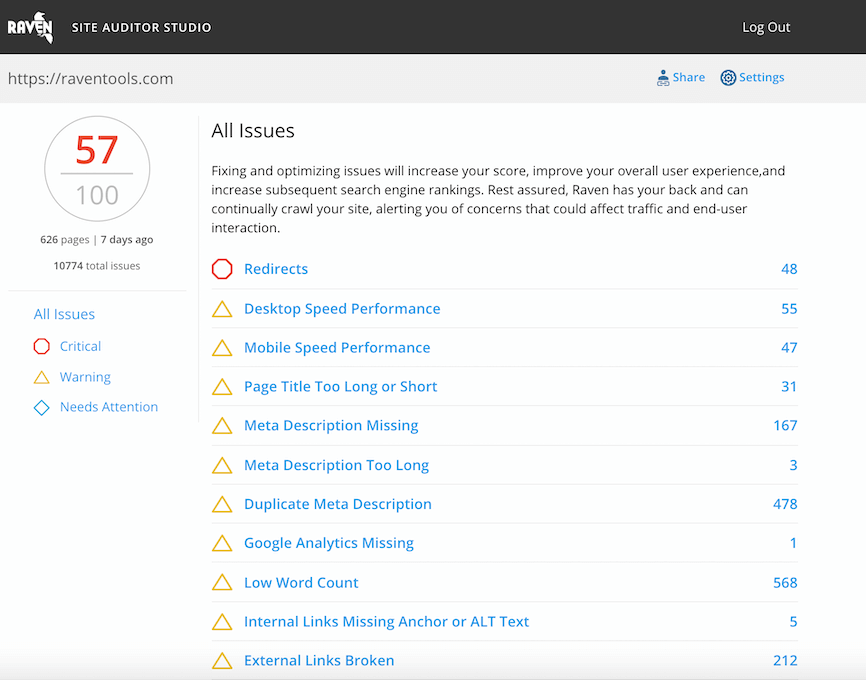
Analyze over 20 different technical SEO issues and create to-do lists for your team while sending error reports to your client.




